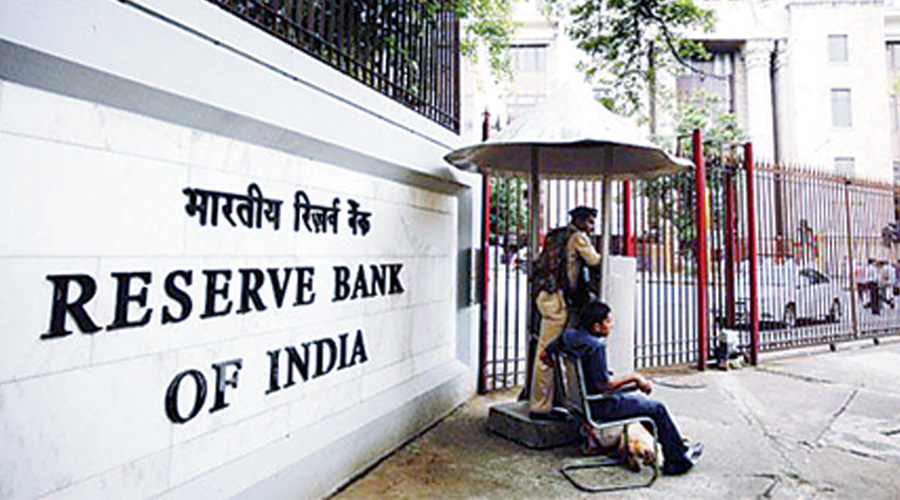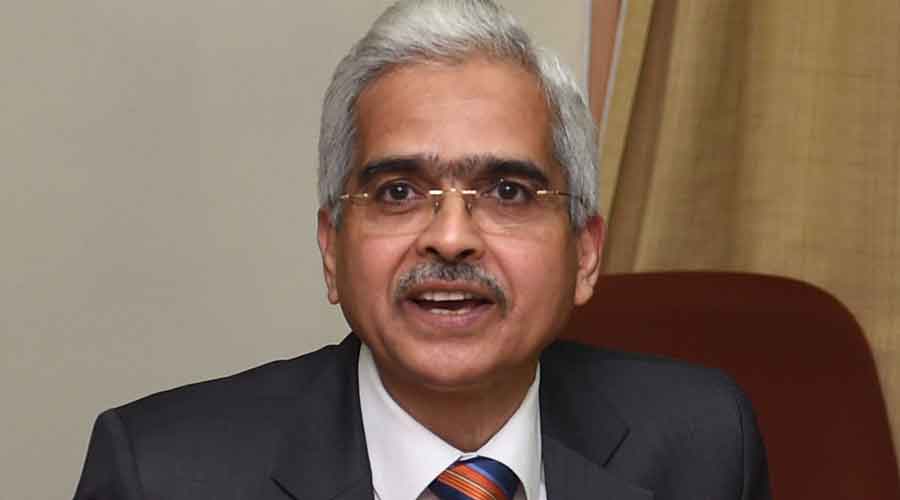The Reserve Bank tweaked interest rates on Friday — but in a roundabout manner.
The monetary policy committee did not tinker with the key policy rates: the repo remained at 4 per cent and the reverse repo at 3.35 per cent.
It also decided to continue with its accommodative stance but announced a multi-year plan to bring down the liquidity surplus currently ruling at Rs 8.5 lakh crore.
The policy makers introduced a new standing deposit facility (SDF) which will give banks the opportunity to park surplus funds with the RBI at 3.75 per cent — which is 25 basis points below repo rate.
The deposit facility will not affect the interest rate on home loans, which is linked to the repo rate. But it could push up deposit rates and make corporate borrowings dearer.
SDF will effectively replace the reverse repo which will remain in the RBI’s toolkit and “its operation will be at the discretion of the RBI for purposes specified from time to time”.
Earlier, the banks used to park their surplus funds at the reverse repo rate at 3.35 per cent — now they will be able to do at the SDF rate of 3.75 per cent.
“It has now been decided to introduce the SDF as the floor of the LAF corridor. At both ends of the LAF corridor, there will be standing facilities – one to absorb and the other to inject liquidity,” the RBI said.
The width of the corridor has thus been narrowed down to 50 basis points — marginal standing facility rate of 4.25 per cent minus SDF rate of 3.75 per cent — against 90 basis points previously, which was marginal standing facility minus reverse repo rate of 3.35 per cent that was in practice after the pandemic.

At the same time, the policymakers freed the RBI from the obligation to issue collateralised bonds in SDF against the deposits that the banks used to park with the RBI as in the case of reverse repo.
Besides, access to SDF and MSF will be at the discretion of banks, unlike repo/reverse repo, OMO and CRR which are available at the discretion of the Reserve Bank.
RBI governor Shaktikanta Das said as the situation has normalised, the RBI has taken measures towards rebalancing liquidity while ensuring that its actions are “nimble and proactive but well-timed”.
“The SDF rate is tantamount to an indirect tightening of 40 basis points, as the fixed reverse repo rate stays at 3.35 per cent,’’ Radhika Rao, senior economist at DBS Group Research, said.
While many experts felt that in bringing SDF, the RBI has made the reverse repo redundant, deputy- governor Michael Patra chose to disagree. “RBI’s stated policy is that there is no instrument which we will take off the table.’’
“This is clearly a hawkish policy compared to the February meeting of MPC, justified by the inflationary pressures that have emerged over the past month. The upward inflation forecast revision seems sensible given the broad-based nature of price hikes,” Abheek Barua, chief economist at HDFC Bank, said in a note.
Accommodative stand
MPC also decided to remain accommodative, which will give it the room to cut rates if conditions favour, but the panel added a caveat that it will focus on “withdrawal of accommodation” to ensure that inflation remains within the target, while supporting growth.
For the first time since August 6 last year, the MPC has voted unanimously on an accommodative policy. Between October 8 and February 10, the vote was always split 5:1 with J.R. Varma voting against the proposal.












